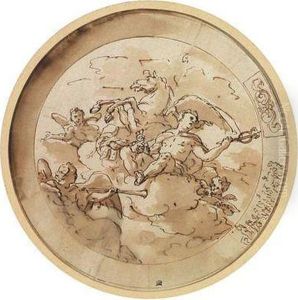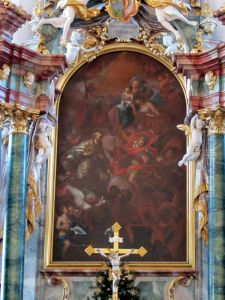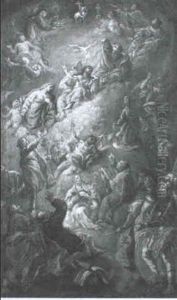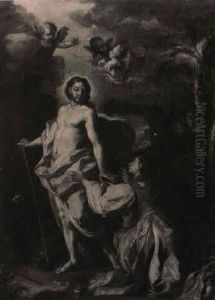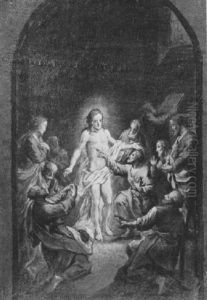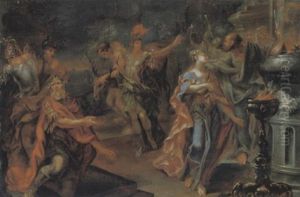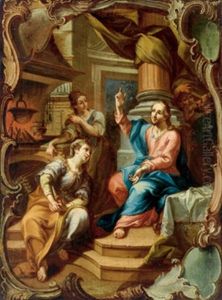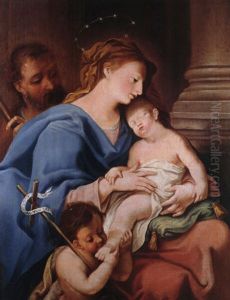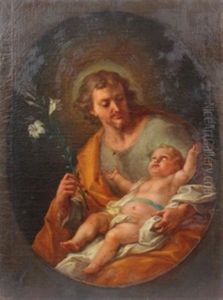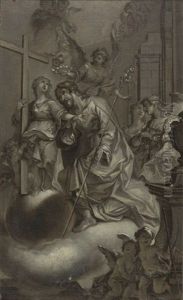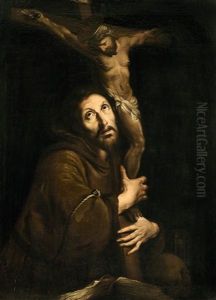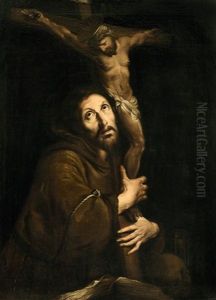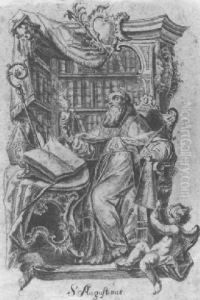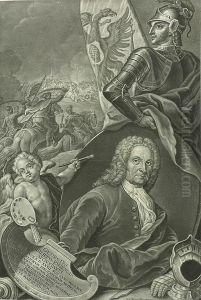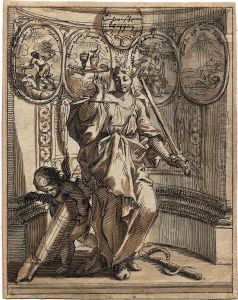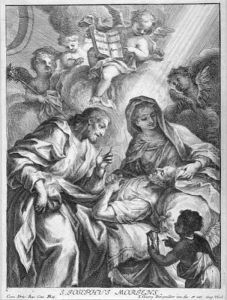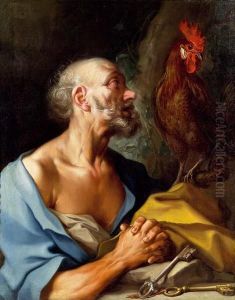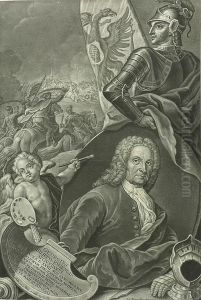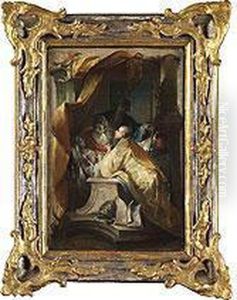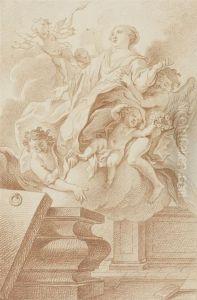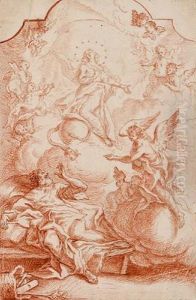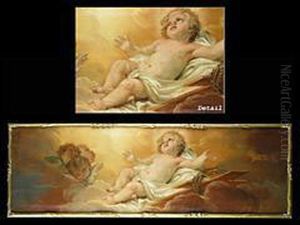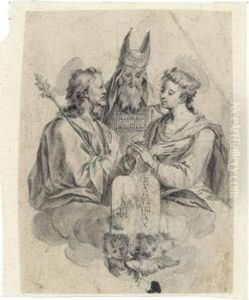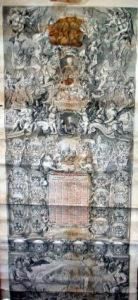Johann Georg Bergmuller Paintings
Johann Georg Bergmüller was an influential German painter and engraver of the Baroque period, celebrated for his religious compositions, frescoes, and altar pieces. Born in 1688 in Türkheim, Bavaria, he was deeply embedded in the artistic milieu of the time, which was characterized by a dramatic and exuberant style that sought to evoke emotional responses from the viewer.
Bergmüller received his early training from his father, Thomas Bergmüller, who was also a painter. His education was furthered in the vibrant art centers of Europe, including a significant period in Italy, where he was exposed to the works of the great Italian masters. This experience had a profound influence on his style, integrating Italian Baroque elements with his native Germanic traditions.
Upon returning to Germany, Bergmüller settled in Augsburg, where he became a leading figure in the local art scene. He was appointed the director of the Augsburg Academy in 1719, a position he used to influence the development of art in the region significantly. His work during this period was prolific, encompassing a wide range of religious subjects, which were popular among the Catholic patrons in the region.
Bergmüller's frescoes are particularly notable for their vibrant colors and dynamic compositions. His work can be seen in various churches in Southern Germany, where his frescoes and altarpieces continue to be admired for their artistic quality and emotional depth. One of his most celebrated works is the ceiling fresco in the library of the Benedictine abbey in Ottobeuren, which showcases his mastery of perspective and narrative.
Despite his success, Bergmüller's life was not without controversy. His staunch support for the Jesuits and their artistic programs put him at odds with other religious groups and artists who favored more restrained artistic expressions. Nevertheless, his contributions to the Baroque movement in Southern Germany remain undisputed.
Johann Georg Bergmüller passed away in 1762, leaving behind a legacy that has endured in the annals of German art history. His works continue to be studied and admired for their technical skill, emotional intensity, and the seamless integration of German and Italian artistic traditions.
